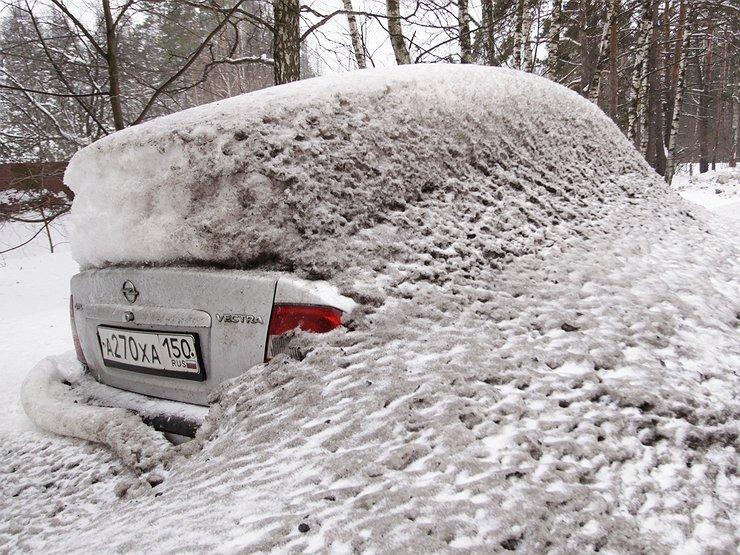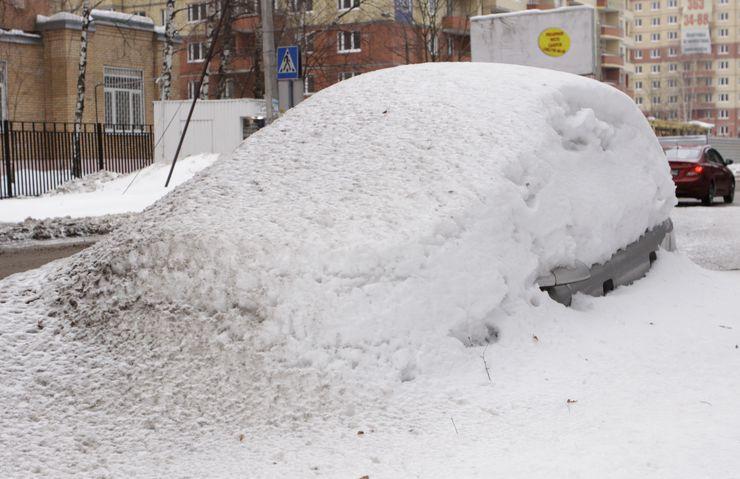
Why in winter the engine often starts to twitch, and the speed "floats"
Suddenly, out of nowhere, it appeared ... The car refuses to accelerate, the revolutions arbitrarily float from a tiny 600 to a meager 1000 revolutions, and when the gas pedal is depressed, jerks also begin. What to do and where to run, the AvtoVzglyad portal will tell.
The transition period from rain to snow has always been difficult for the “iron horse”: the electrics are “sick”, the belts whistle, the suspension creaks. To survive “these days” and go further, only now it’s impossible to go. Instead of playfulness and drive - jerks and twitches. You step on the gas, and the car either slows down or stalls. Which of the nodes went "to the rainbow" and how much does it cost? What kind of "vitamins" will be prescribed at the service station? Or will they immediately be sent for "surgery"?
The first in line for verification, of course, is the idle speed sensor, because the speed floats even when the box is in park or neutral. But there is no need for a lot of mind: they cleaned it, dried it and put it in its place. Yes, even if they replaced it - the problem is still there, it has not gone anywhere. This means that it is too early to throw away the old sensor, it is not the culprit of the "triumph". We have to dig deeper.
Many car owners attribute this behavior of the car to the wear of the fuel pump or a clogged fuel line: they say that the pressure is not the same, and the engine is moping. Runs on a lean mixture. But even here there is a simple diagnosis: it is enough to unscrew the candle to understand the state of the fuel “cocktail”. Such an examination can be carried out not only in the garage - at the entrance, without even getting your hands dirty.
In three out of four cases, similar symptoms are the result of a clogged fuel valve. Remember the old carburetor and dancing with a tambourine to clean it? Times are changing, well-deserved components and assemblies go to rest, filling the museum shelves, but the problems remain the same. No matter how high-quality and expensive gasoline you fill, the damper will still require attention.

However, it is not difficult and not expensive to solve the issue: the damper must be removed - this is a matter of 15 minutes with one smoke break - clean it with the same carburetor cleaner that has been gathering dust on the garage shelf for many years, blow it with a compressor and put it in place. There is only one trick: you can rub the dirt, which will be a lot inside, only with a soft rag, no microfiber. If the "deposits" do not leave, you need to let the tool work, and the node - sour.
There is another important aspect: many throttles require after setting the mood. Or rather, settings. Depending on the model of the car and engine, you will have to take the vehicle to the service station. But before you run to the cashier, you should study the forums: some engines, for example, Nissan and Infiniti, adjust their throttle on their own after 200 km of run. The dealer will take at least 8 rubles for such an operation, and it’s not a fact that he will cope with the task.
In frosty weather, a good owner will not let the dog out into the street, and even the “iron horse” can even go into a long winter suspended animation. To prevent this from happening, you need to carefully monitor the car, regularly carry out diagnostics and not hang your nose at the first opportunity. Everything can be fixed, and, often, even on their own.
